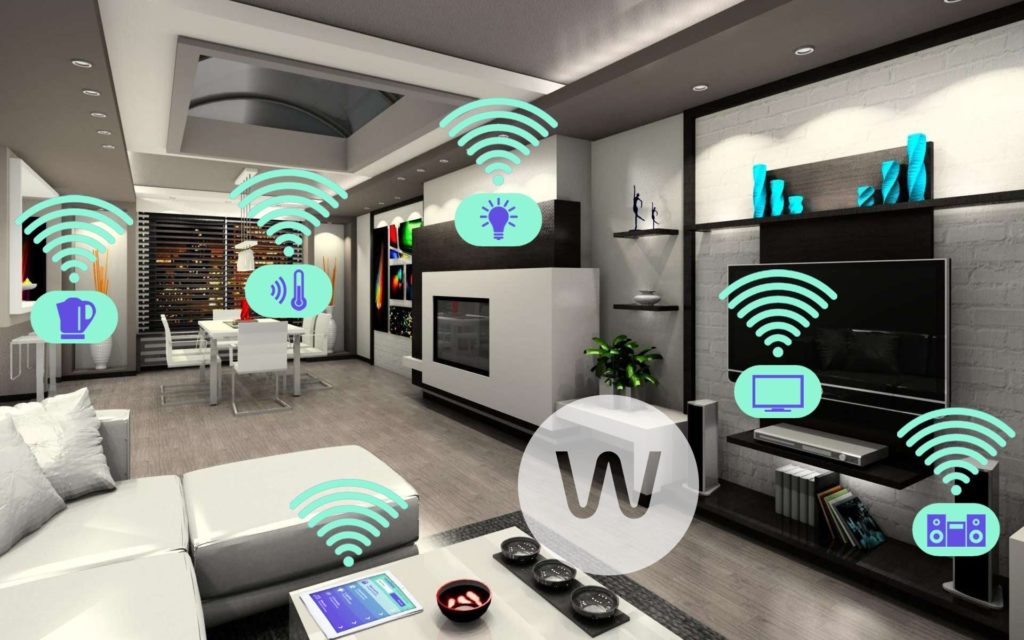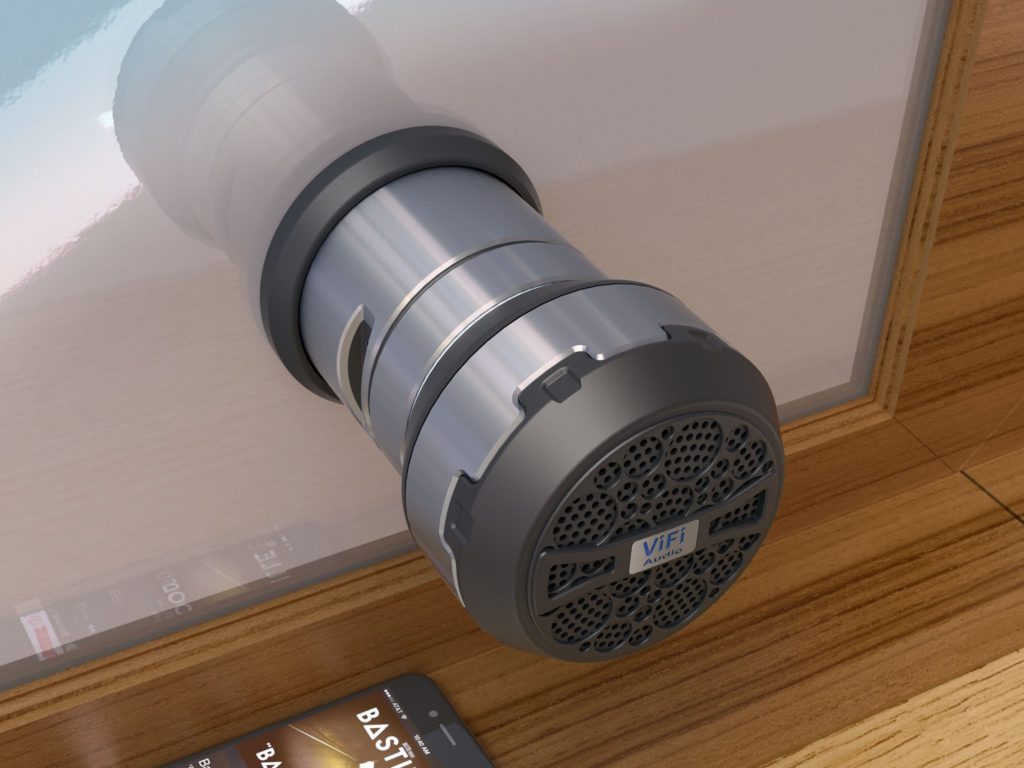For a consumer electronics design company such as MAKO Design + Invent, IoT is a hot topic in the consumer electronics industry. IoT has taken the modern age by storm with wireless interconnectivity between your smartphone, wearable watch and home electronics. But how does the small icon in the corner of your screen work? More importantly, does your consumer electronics invention need Bluetooth in order to be successful in the market?

Wireless interconnectivity between consumer electronics products has opened up the world of IoT in recent years.
What is Bluetooth?
In short, Bluetooth-compatible devices have a tiny computer chip with a Bluetooth radio (transmitter and receiver). Short-range communication occurs between devices on a piconet network. When using radio waves, a network is established and one device becomes the master while the other(s) is the slave. Bluetooth devices automatically detect and connect to one another with a maximum of 8 connecting together at once.
If two devices want to talk, they pick a random channel. If that channel is already taken, the devices will randomly switch to another in a process known as spread-spectrum frequency hopping. Pairs of devices are constantly shifting frequency to minimize the risks of interference from other electrical appliances and to improve security.
How does Bluetooth play out in IoT?
Because of its ubiquitous smartphone integration, Bluetooth has become an almost essential wireless connectivity option for consumer electronics, smart homes and monitoring devices. Piconets are now able to join together to form a larger network known as a scatternet. Bluetooth devices with point-to-multipoint capability can engage in scatternet communication, and several piconets can now be connected to each other through one scatternet. Additionally, a single Bluetooth device may participate as a slave in several piconets but can only be a master in one piconet.
Bluetooth-enabled adapters can now control the power supply of non-network-enabled home consumer electronics, such as a coffee maker or lamp. These appliances interact with a user’s smartphone and with each other through a hybrid mesh network that transforms multiple Bluetooth point-to-point connections into a scatternet.
One device in each Bluetooth hub also participates as a slave in another piconet, thus enabling messages to be relayed between each hub and its devices. Using scatternets, the Internet of Things is able to come to life.

The ViFi audio speaker was designed by consumer electronics product development firm, MAKO Design. MAKO performed full in-house industrial design, electrical engineering and mechanical engineering for the consumer electronics project. The IoT product has Wi-Fi and Bluetooth compatibility, thanks to MAKO’s custom PCB design.
So, does my consumer electronics invention need Bluetooth?
MAKO Design offers full in-house electrical design expertise in developing PCB chips for Bluetooth connectivity between devices. However, the cost of electrical design for wireless connectivity at any consumer electronics design firm can range from anywhere between one thousand to one hundred thousand dollars.
If your consumer electronics invention needs wireless compatibility with other devices, Bluetooth should be explored. If not, then having Bluetooth isn’t necessary for your consumer electronic product’s market success.
About: MAKO Design + Invent is the original firm providing world-class consumer product development services tailored to startups, small manufacturers, and inventors. Simply put, we are the leading one-stop-shop for developing your physical product from idea to store shelves, all in a high-quality, cost-effective, and timely manner. We operate as one powerhouse 30-person product design team spread across 4 offices to serve you (Austin, Miami, San Francisco, & Toronto). We have full-stack in-house industrial design, mechanical engineering, electrical engineering, patent referral, prototyping, and manufacturing services. To assist our startup and inventor clients, in addition to above, we help with business strategy, product strategy, marketing, and sales/distribution for all consumer product categories. Also, our founder Kevin Mako hosts The Product Startup Podcast, the industry's leading hardware podcast. Check it out for tips, interviews, and best practices for hardware startups, inventors, and product developers. Click HERE to learn more about MAKO Design + Invent!








Holly Ann
October 3, 2017 at 1:12 pmVery nice… i really like your blog. Very useful informations. Thx